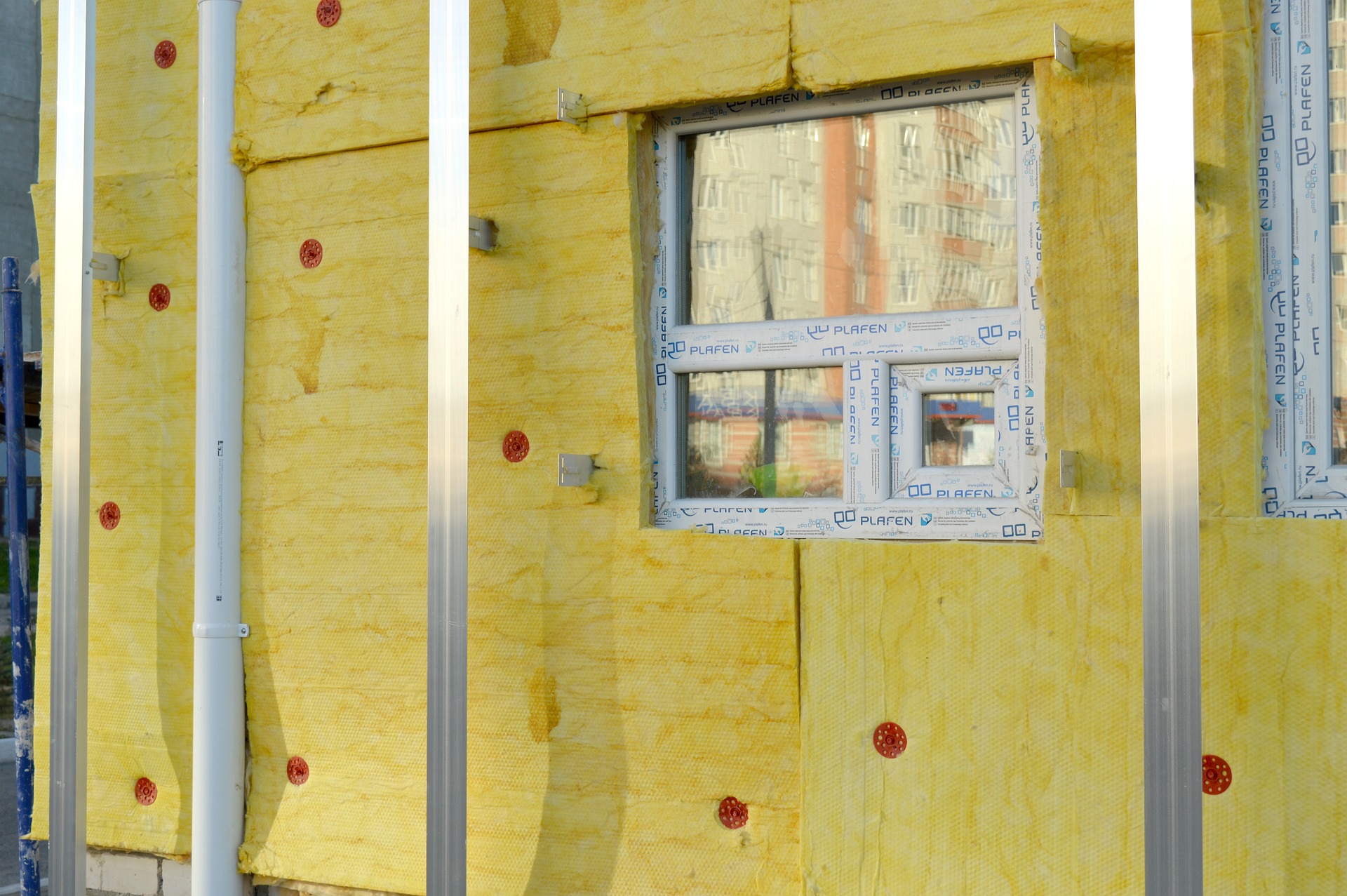Fiberglass Front Doors: Complete Guide to Features and Benefits
Fiberglass front doors have become increasingly popular among homeowners seeking durability, energy efficiency, and aesthetic appeal. These doors offer a unique combination of strength and versatility that makes them an attractive alternative to traditional wood and steel options. Understanding their features, comparing them to other materials, and knowing what to consider before making a purchase can help you make an informed decision for your home's entry door.

What to Know About Fiberglass Front Doors and Their Common Features
Fiberglass front doors are constructed using glass fibers embedded in a resin matrix, creating a composite material that mimics the appearance of wood while offering superior performance characteristics. These doors typically feature a foam core that provides excellent insulation properties, helping to reduce energy costs throughout the year.
Common features include pre-hung installation systems, adjustable hinges, and weatherstripping designed to create an airtight seal. Many fiberglass doors come with reinforced frames and multiple locking points for enhanced security. The surface can be textured to replicate wood grain patterns, providing authentic-looking results without the maintenance requirements of natural wood.
How Fiberglass Front Doors Might Compare to Wood and Steel Options
When comparing fiberglass doors to wood alternatives, the primary advantages include resistance to warping, cracking, and rotting. Unlike wood doors that require regular staining or painting, fiberglass maintains its appearance with minimal upkeep. Wood doors may offer traditional charm but are susceptible to weather damage and pest issues that fiberglass doors avoid entirely.
Steel doors provide excellent security but often lack the insulation properties of fiberglass options. Steel can also dent more easily and may develop rust over time in harsh weather conditions. Fiberglass doors offer better energy efficiency than steel while maintaining comparable strength and security features. The installation process for fiberglass doors is typically more straightforward than wood doors, which may require custom fitting.
Design Styles and Finishes Often Seen in Fiberglass Entry Doors
Fiberglass entry doors are available in numerous design styles ranging from traditional to contemporary aesthetics. Classic panel designs feature raised or recessed sections that create visual depth and shadow lines. Modern flush designs offer clean, minimalist appearances suitable for contemporary architecture.
Popular finishes include oak, mahogany, cherry, and pine textures that closely replicate natural wood grains. Smooth finishes are also available for those preferring a painted appearance. Many manufacturers offer decorative glass inserts, sidelights, and transoms that can be incorporated into the door design. Color options extend beyond natural wood tones to include bold painted finishes in various hues.
Installation Requirements and Professional Considerations
Proper installation is crucial for optimal performance of fiberglass front doors. Professional installation ensures proper alignment, weatherproofing, and security features function correctly. The door frame must be square and level to prevent operational issues and maintain the warranty coverage.
Most fiberglass doors come pre-hung in their frames, simplifying the installation process compared to slab doors that require separate frame preparation. Hardware installation, including locksets and deadbolts, requires precise measurements and drilling to maintain structural integrity. Professional installers have the tools and experience necessary to handle these technical requirements effectively.
Maintenance Tips and Long-Term Care Strategies
Fiberglass doors require significantly less maintenance than wood alternatives but benefit from periodic care to maintain their appearance and performance. Regular cleaning with mild soap and water removes dirt and grime without damaging the surface finish. Annual inspection of weatherstripping and hardware ensures continued energy efficiency and security.
Unlike wood doors, fiberglass options rarely need refinishing, though painted surfaces may require touch-ups after several years depending on exposure conditions. The door’s finish is typically more fade-resistant than painted wood, maintaining color consistency over extended periods. Lubricating hinges and lock mechanisms annually helps ensure smooth operation throughout the door’s lifespan.
Cost Considerations and Value Comparison Analysis
Fiberglass door pricing varies significantly based on design complexity, size, and additional features. Basic fiberglass doors typically range from $200 to $500, while premium models with decorative glass and advanced features can cost $800 to $1,500 or more. Installation costs generally add $150 to $400 depending on local labor rates and complexity.
| Door Type | Material Cost Range | Installation Cost | Total Investment |
|---|---|---|---|
| Basic Fiberglass | $200 - $500 | $150 - $300 | $350 - $800 |
| Premium Fiberglass | $500 - $1,500 | $200 - $400 | $700 - $1,900 |
| Wood Entry Door | $300 - $1,200 | $200 - $500 | $500 - $1,700 |
| Steel Entry Door | $150 - $600 | $150 - $350 | $300 - $950 |
Prices, rates, or cost estimates mentioned in this article are based on the latest available information but may change over time. Independent research is advised before making financial decisions.
Things to Consider Before Choosing a Fiberglass Door for Your Home
Climate conditions in your area significantly impact door performance and longevity. Fiberglass doors perform well in most climates but may expand and contract slightly with extreme temperature fluctuations. Consider your home’s architectural style to ensure the chosen door complements existing design elements.
Security requirements should influence hardware selection and door construction features. Energy efficiency ratings, measured by U-factor and R-value, indicate the door’s insulation performance and potential energy savings. Local building codes may specify certain requirements for entry doors that must be considered during selection and installation.
Budget considerations should include both initial purchase costs and long-term maintenance expenses. While fiberglass doors may cost more initially than basic alternatives, their durability and low maintenance requirements often provide better long-term value. Warranty coverage varies among manufacturers and should be reviewed carefully before making a final decision.
Fiberglass front doors represent a practical solution for homeowners seeking durability, energy efficiency, and aesthetic appeal. Their resistance to common problems affecting wood and steel doors, combined with diverse design options and reasonable maintenance requirements, makes them an increasingly popular choice. Careful consideration of your specific needs, climate conditions, and budget will help ensure you select the right fiberglass door for your home’s requirements.




